NATIONAL MUSEUM OF NATURAL HISTORY
Eight of Nature’s Wildest Mating Rituals
From aerial acrobatics to sexual deception and physical battles, some species have developed more unusual rituals to show off their prowess as a potential mate.
/https://tf-cmsv2-smithsonianmag-media.s3.amazonaws.com/blogging/featured/A_green_and_orange_bird_perched_on_a_branch..jpg)
For humans, Valentine’s Day often means showering that special someone with gifts of flowers, chocolates and teddy bears. But other species have developed more unusual rituals to show off their prowess as a potential mate. From aerial acrobatics to sexual deception and physical battles, here are eight of nature’s wildest ways to woo a mate.
Singing with wings
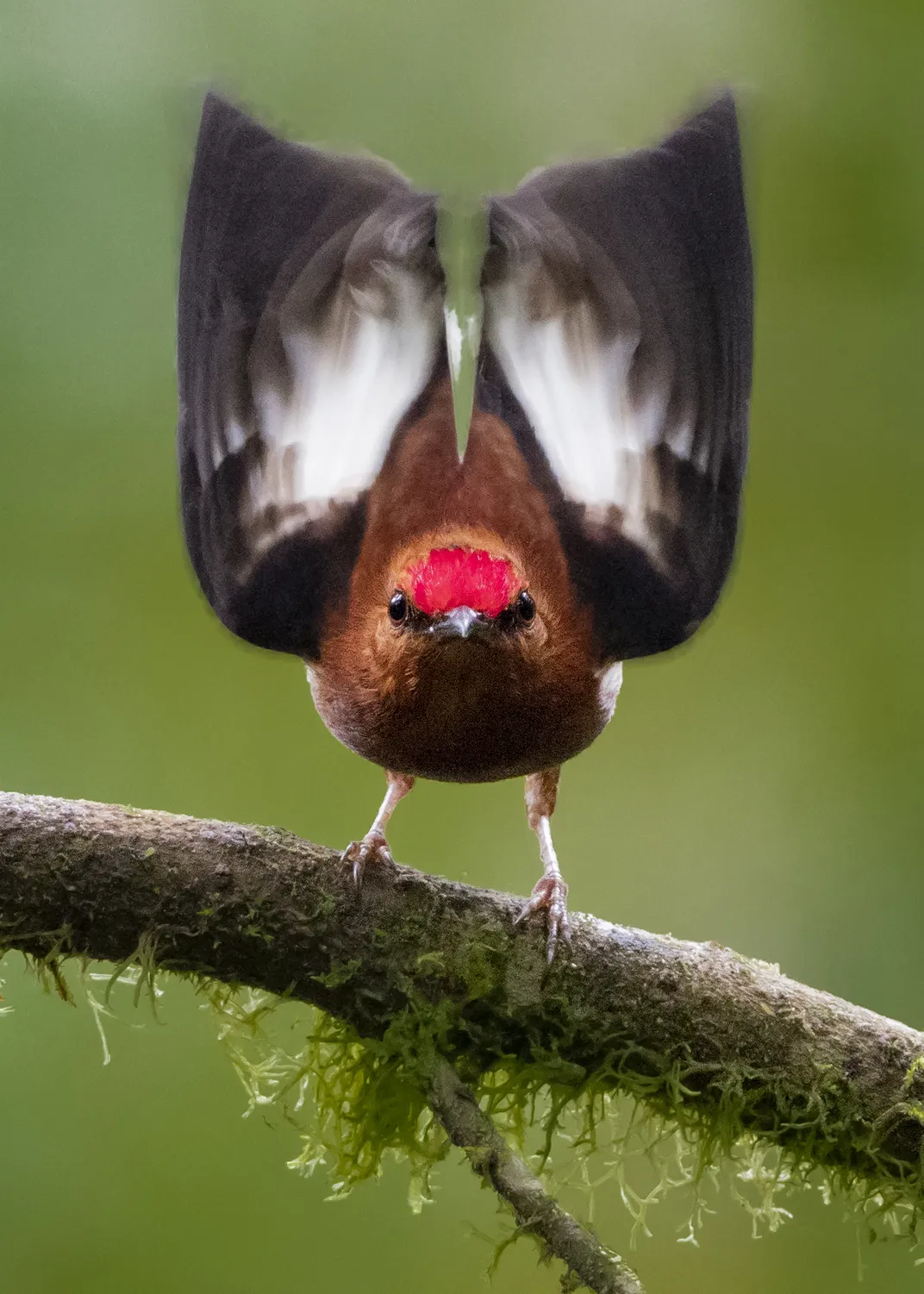
Club-Winged Manakins sing to attract a mate, but not like other birds. The male manakins have specially adapted feathers in their wings that they use to make sound. During mating season, male club-winged manakins flick their wings behind their head, striking large, rigid secondary feathers together at incredibly high speeds — up to 107 times per second — to produce a bright, buzzing sound telling females they are ready to mate.
Looks can bee deceiving
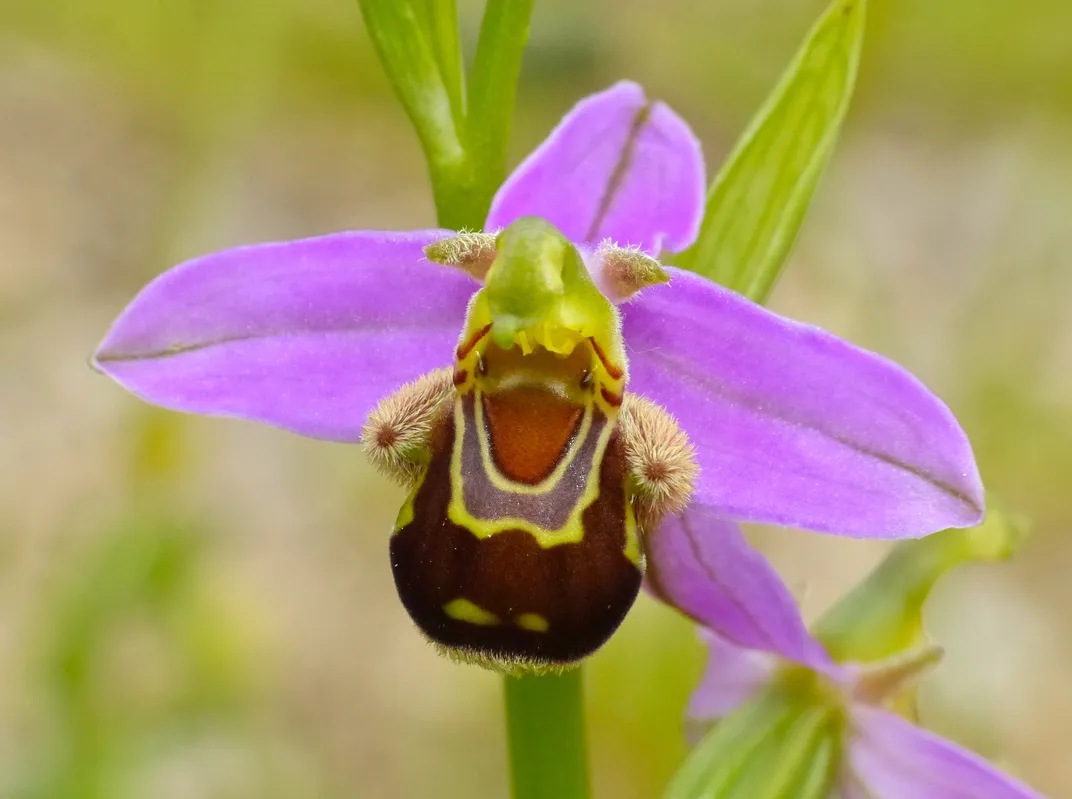
Using sound is one way animals woo mates but these plants use sights and smells to do it. Bee orchids (Orphrys apifera) are pollinated by insects, like many other species of plants. But the way they attract pollinators is unusual. They will grow flowers that look and smell like their pollinator’s partner, a practice called sexual deception. Attracted pollinators will then “mate” with the flower and transfer the pollen it is carrying to the orchid.
Deception can be deadly
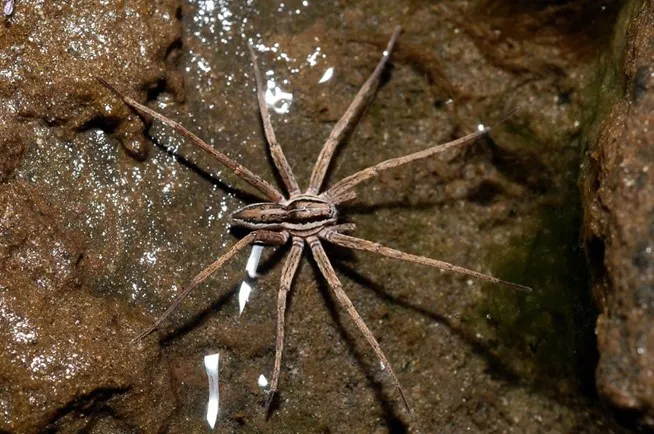
While the orchid’s deception doesn’t have lasting consequences, the nursery web spider’s deceit can be fatal.
Female nursery web spiders eat the males almost as often as they mate with them. So, when the males are ready to mate, they give gifts of silk wrapped insects to protect themselves from the female’s ferocious appetite. But the gifts aren’t always genuine. Sometimes, male nursery web spiders give fake gifts of silk wrapped plant seeds or leftovers to trick the female into mating with him. The joke is on the male, though, because the female often figures out the scheme, forcing the male to play dead in a vain attempt to dissuade the female from eating him.
Nature gifts balloons too
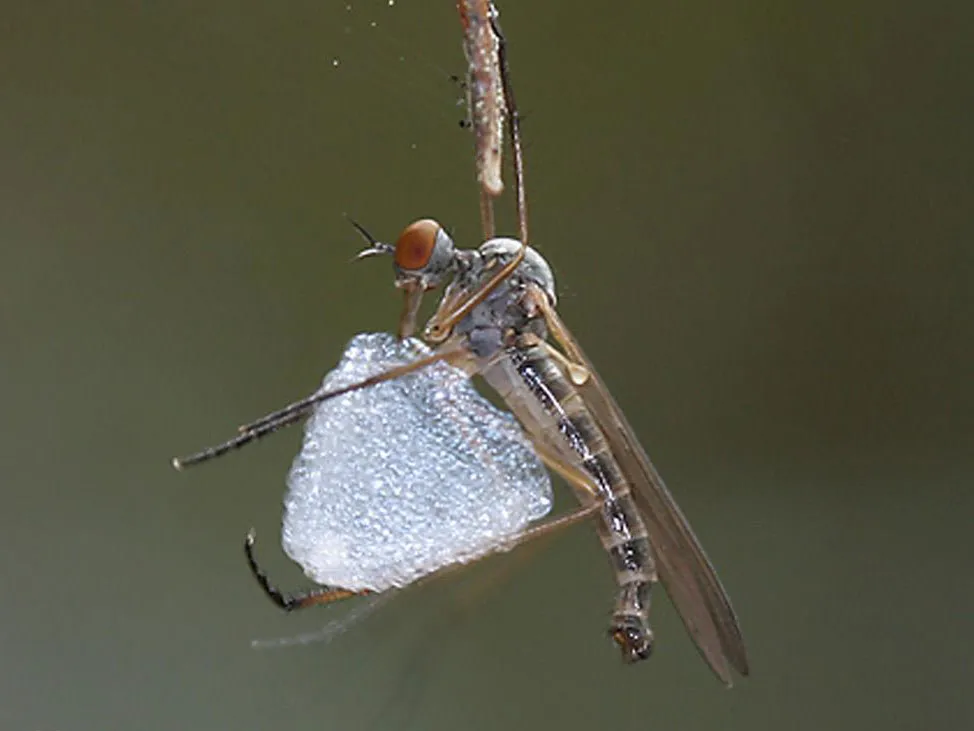
Like the nursery web spider, dance flies (Empis snoddyi) also give gifts to proclaim their worthiness. These small flies weave together balloons filled with empty silk bubbles and present them to the females. The balloons vary in size and represent the male’s fitness as a mate.
Flashy flybys
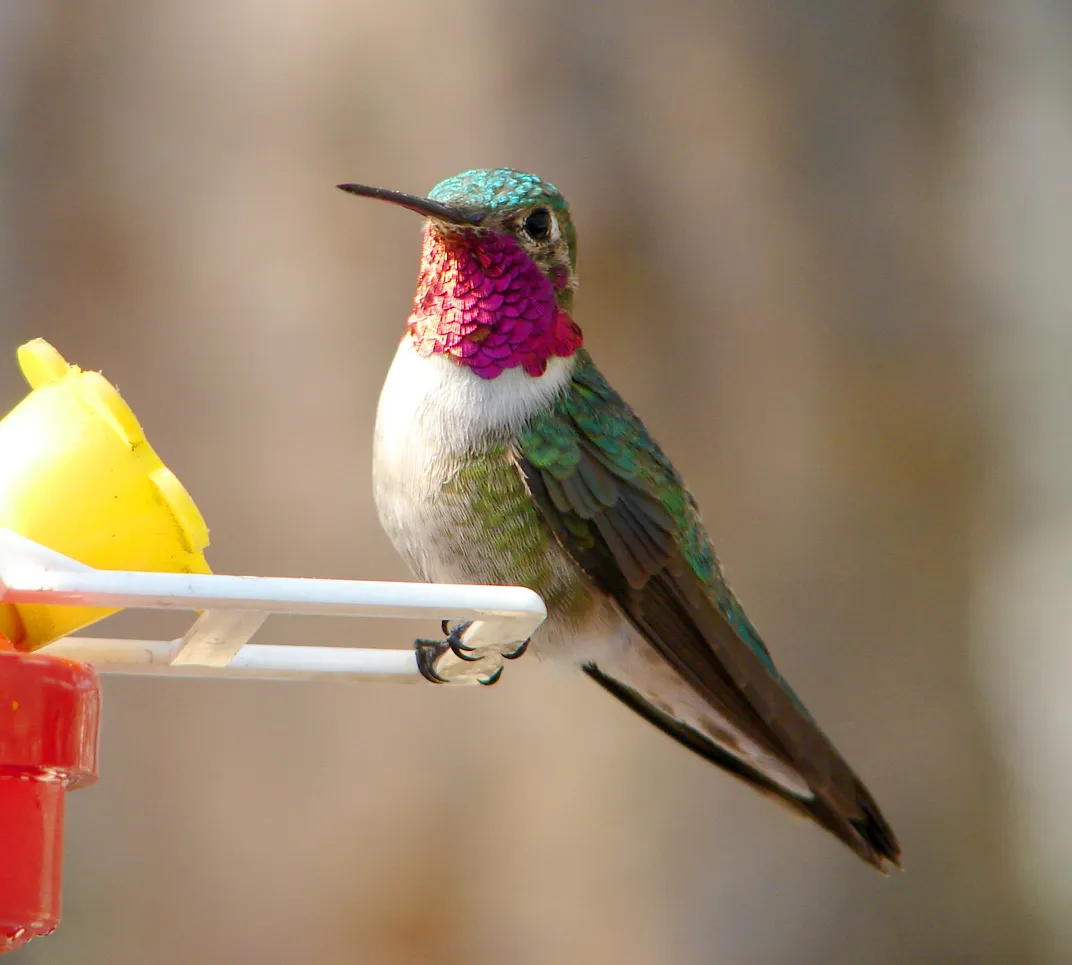
The broad-tailed hummingbird takes aerial acrobatics to the extreme to prove they’re a worthy mate. They fly high into the air and then dive down in front of the females, flashing them with their iridescent throat feathers as they go by. They also make a trilling sound with their feathers as they do their fly-bys. The male with the most impressive aerial display often wins the heart of the female.
A fight for the right to fertilize
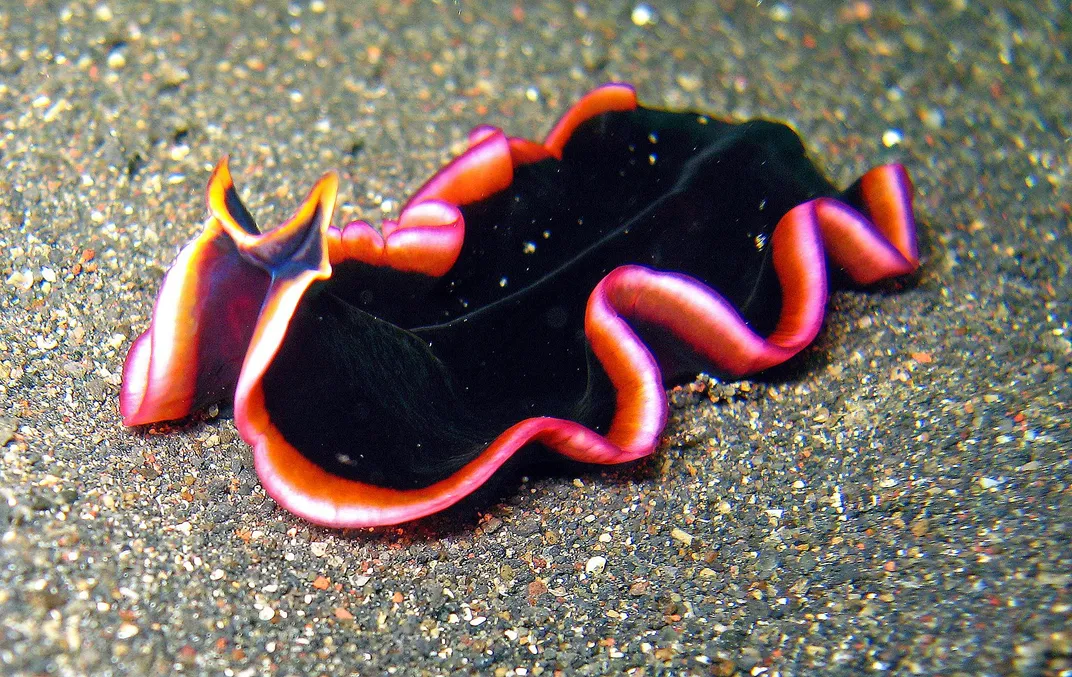
Dawn flatworms are hermaphrodites, meaning individuals have both male and female sex organs. When two flatworms procreate, they have to decide who will be the father and who will be the mother. But this is no mere conversation. The two flatworms fight to be the one to inseminate the other in hopes of shucking the responsibility of reproducing. The fights can be long and brutal, with injuries occurring on both sides. Afterwards, the father creeps away, while the mother grows the offspring.
A mating mystery

For years, paleontologists have wondered how the famous stegosaurus mated with its extensive armor. The distinctive dinosaur had an array of upright, bony plates that ran from the neck down to the spiky tail. Males likely used their plates while bellowing and swaying to attract females. But what happened next is unclear. One theory posits that the dinosaurs would face each other belly to belly, while another says that the female would lay on her side and the male would approach standing up. Either could be true, but how stegosauruses did the deed will likely remain a mystery with little hard evidence from the fossil record.
Related Stories:
How Seven of Nature’s Coolest Species Weather the Cold
Five Reasons to Love Bats
Five of Nature’s Best Beards for World Beard Day

